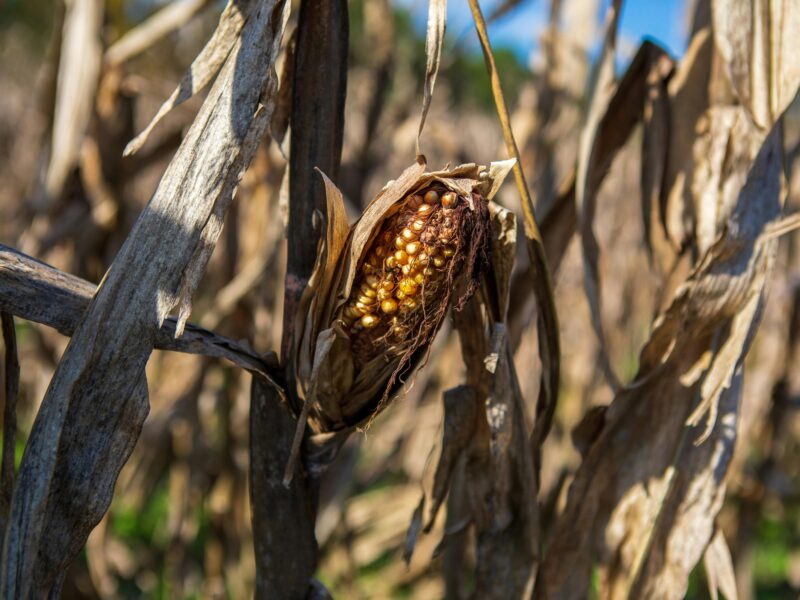Gardening is a year-round journey, with each season bringing its own unique set of tasks, challenges, and rewards. From the fresh beginnings of spring to the quiet preparation for winter, each phase of the year requires specific actions to maintain a vibrant and productive garden. Whether you’re cultivating a flower bed or growing your own vegetables, here’s a comprehensive guide to keep your garden flourishing through all seasons.
Spring: A Time for Planting and Preparation
Spring is arguably the most exciting time in the gardening calendar. The soil begins to warm, and life returns to the garden. Here’s how to make the most of this season:
- Clean Up: Start by clearing your garden of any debris and dead plant material from the previous season. This helps prevent the spread of disease and creates a clean slate for new plantings.
- Soil Preparation: Refresh your garden beds by tilling the soil and incorporating a generous amount of compost or manure to replenish nutrients.
- Start Seedlings: Begin seeding indoors for crops that require a longer growing season, such as tomatoes and peppers.
- Plant Hardy Crops: Directly sow seeds of hardy vegetables like peas, carrots, and radishes. For flowers, consider planting bulbs and hardy annuals.
Summer: Maintenance and Monitoring
As temperatures rise, your garden’s needs intensify. Summer is a period of vigilant maintenance and enjoyment:
- Regular Watering: Keep a consistent watering schedule, especially during hot, dry spells. Early morning is the ideal time to water, reducing evaporation and fungal diseases.
- Mulching: Apply a layer of mulch around your plants to help retain moisture, suppress weeds, and regulate soil temperature.
- Pest and Disease Control: Monitor for pests and diseases. Early detection and organic interventions like neem oil or insecticidal soap can manage problems before they escalate.
- Harvesting: Begin to harvest vegetables and herbs as they mature. Regular picking encourages more production, especially in plants like beans and tomatoes.
Autumn: Harvest and Preparation for Winter
Autumn is a busy season as you prepare to close your garden. It’s a time of harvest and preparation for the colder months:
- Harvest Continues: Keep harvesting fruits and vegetables. For crops like pumpkins and squash, wait until they are fully colored and their skins have hardened.
- Plant Fall Crops: Sow seeds of cool-season crops like spinach, kale, and swiss chard. In flower gardens, plant spring-blooming bulbs such as tulips and daffodils. This is also the perfect time to divide perennials and replant to give them a fresh start for the next growing season.
- Prepare for Winter: Begin to cut back perennials, remove annuals, and protect sensitive plants and trees with mulch or burlap.
Winter: Planning and Protection
Winter may seem like a downtime for gardeners, but it’s an important period for planning and protection:
- Protect Overwintering Plants: Ensure that your winter-hardy plants are protected from freezing temperatures and drying winds. Use mulch to insulate the ground and cover delicate shrubs and young trees with burlap.
- Garden Planning: Use this quieter time to plan next year’s garden. Order seeds and plan rotations and placements to maximize your garden’s yield and health.
- Maintenance of Tools: Clean, sharpen, and oil your gardening tools so they’re ready for spring. Taking care of your tools can extend their life and make your work more efficient.
- Indoor Gardening: Consider indoor gardening to keep your green thumb active. Herbs, microgreens, and succulents can thrive indoors with proper care.
Gardening throughout the year can be a rewarding endeavor that keeps you connected to the cycles of nature. Each season holds its own charm and challenges, but with careful planning and a little bit of work each day, your garden can provide beauty and produce throughout the year. Embrace the changes each season brings and enjoy the continual renewal and growth that gardening brings into your life.


